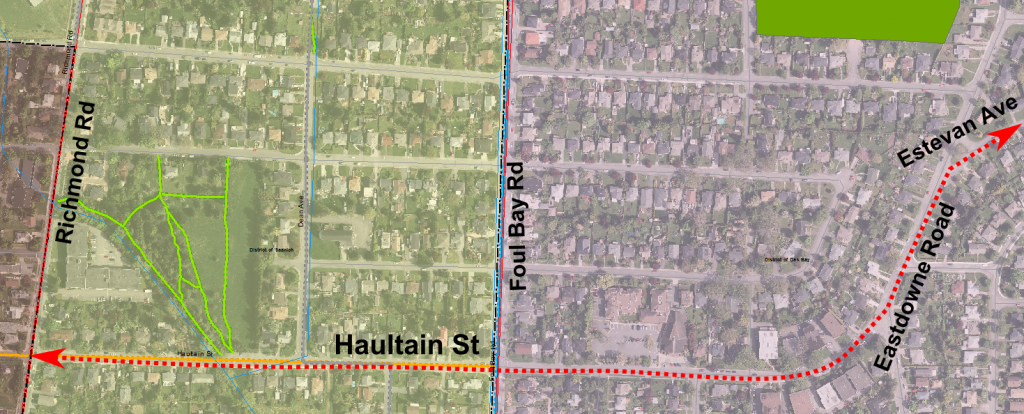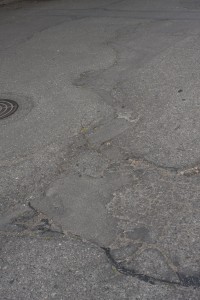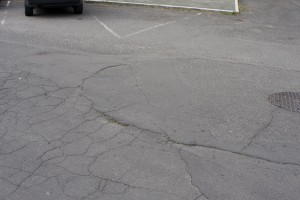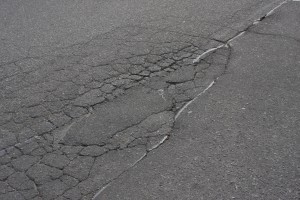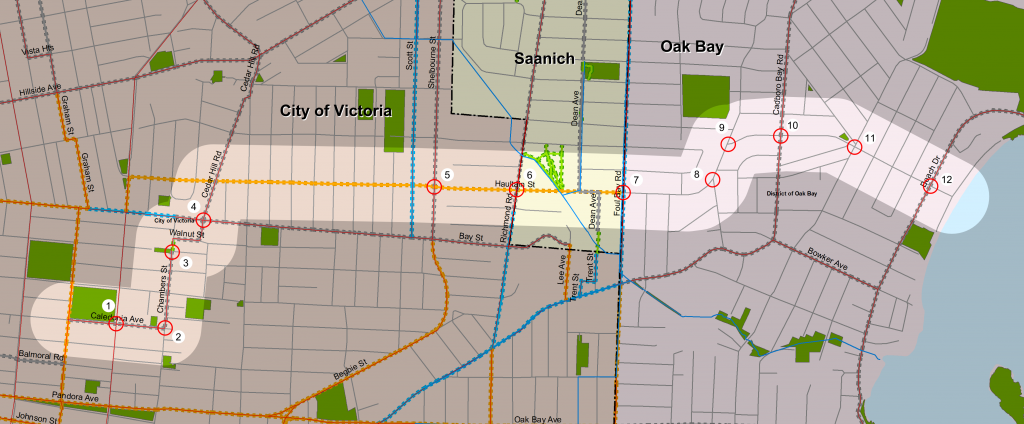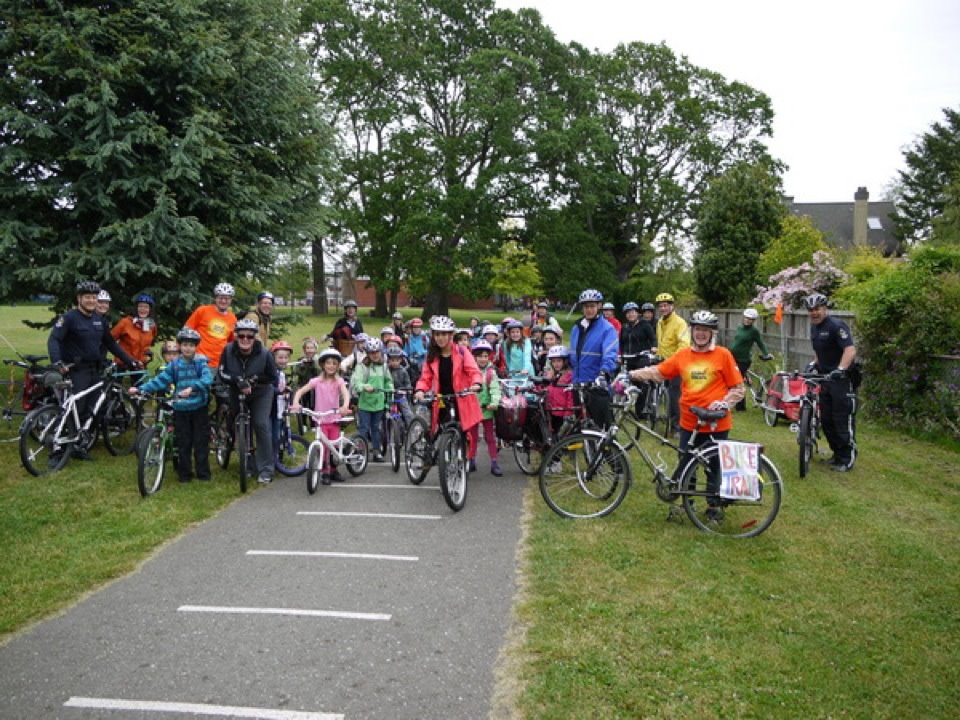After the introduction yesterday, today we deal with Eastdowne Rd. and the start of Haultain St itself (at least through Oak Bay and Saanich). One of the major challenges with any sort of planning in the CRD is the sheer number of municipalities involved. It can be a good thing (can you imagine if Oak Bay-style stalling on bicycle infrastructure had been the policy across the region?) but sometimes it makes it challenging.
This section is amongst the easiest in the whole piece.
Eastdowne @ Haultain
Like the more northern Estevan intersection, adding a traffic circle here would calm traffic as can be seen in the picture below, there is plenty of space here.
along Haultain St in Oak Bay
This part of Haultain needs to be repaved. Very badly. It is amongst the worst pavement I have been in the CRD. It is nearing the quality of pavement I have seen in places that much poorer than us (New Orleans after Katrina comes to mind).
@ Foul Bay Rd.
This is the toughest crossing of the whole bikeway. This is a very high traffic street that is quite wide. Unlike the two Shelbourne and Richmond to the west, there is no intersection barrier to prevent through motor vehicle traffic. It badly needs it.
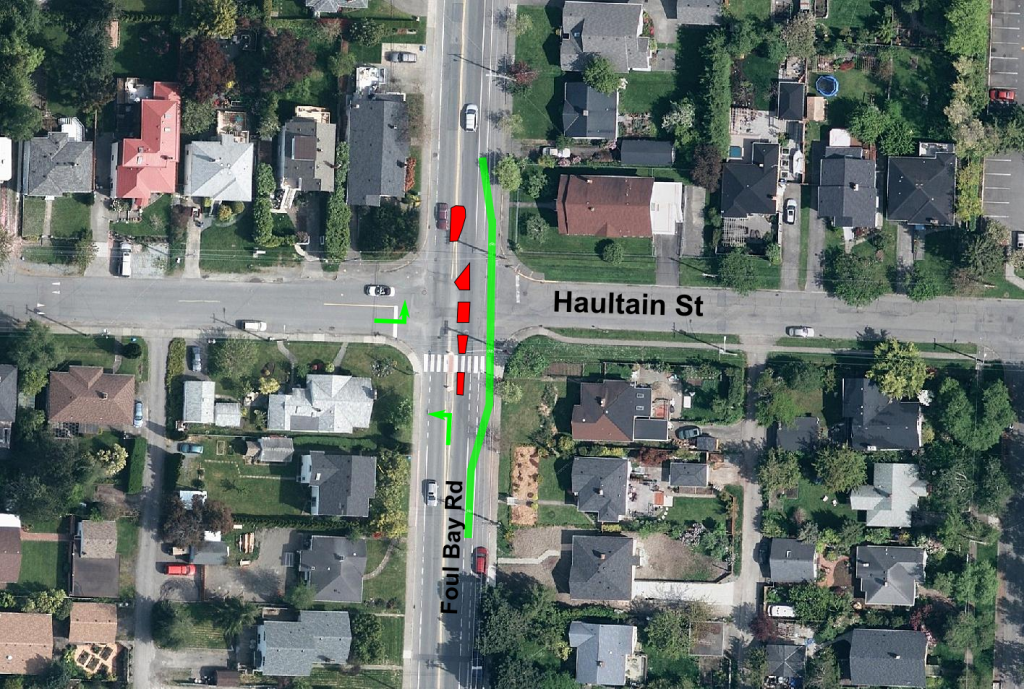
There are some unanswered questions about these kinds of barriers. As they divert traffic, a small amount of additional traffic on Foul Bay would be expected. Doing a full intersection movement count would give Saanich and Oak Bay’s public works/engineering departments the information about just how many cars would be diverted. My guess would be a fairly low number due to the existing diverters at Richmond and Shelbourne.
along Haultain St. in Saanich
Nothing! This section was repaved a few years back and has three lovely speed humps. Now if only we can get a better Bowker Creek Greenway (which would cross Haultain here)…
